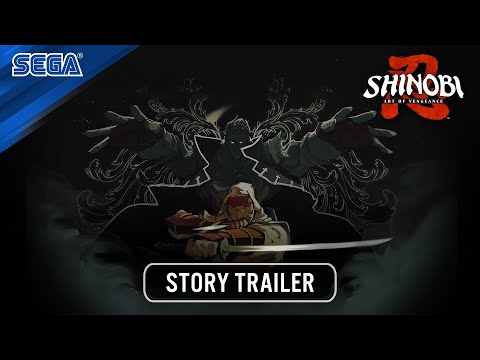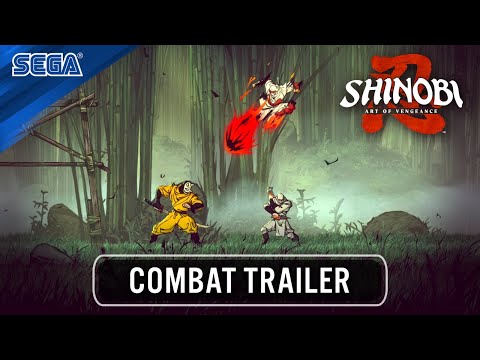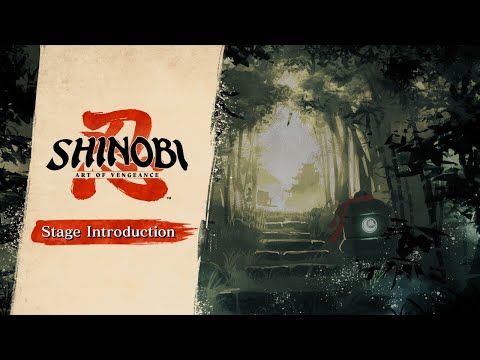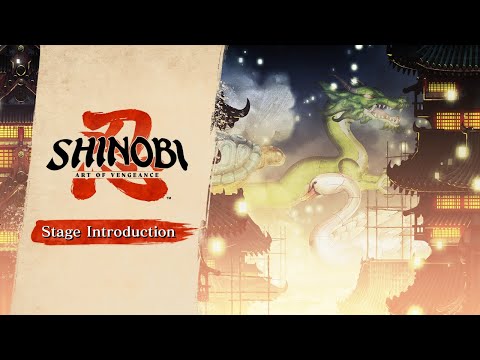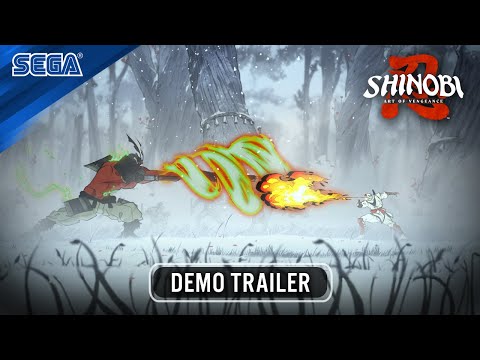The Top 5 Things to Know About SHINOBI: Art of Vengeance
The classic series is back with its first new installment in 14 years.
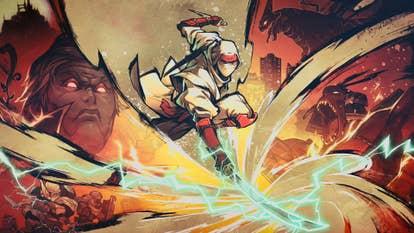
The Shinobi series first burst on the scene in 1987 with a side-scrolling arcade game starring Joe Musashi as the titular shinobi. It established Musashi as one of Sega’s early headlining characters and began a run that would see the series release 12 games in a 24-year span.
The franchise has gotten several ports to PC and consoles over the years, most recently in 2020 when the original Shinobi came to Nintendo Switch as part of the Sega Ages collection. But there hasn’t been a brand-new entry for 14 years — until now, that is, with 2D action platformer SHINOBI: Art of Vengeance.
Co-developed by Sega and Lizardcube, the studio probably best known for its work on Streets of Rage 4, it modernizes the franchise, introduces a hand-drawn art style, and adds new mechanics and traversal methods to diversify gameplay. SHINOBI: Art of Vengeance releases 29th August on PC, Switch, PS4/5, Xbox Series X/S, and Xbox One. With the release date fast approaching, we figured now’s the time to share the top 5 things you should know about the latest entry in this iconic series.
A Legend Returns
You don’t have to be familiar with the rest of the series to enjoy SHINOBI: Art of Vengeance, but long-time fans will get some nostalgic bonuses. The most obvious is the return of original series star Joe Musashi, who is the player-controlled protagonist this time around. He was the series’ first main character, but hasn’t filled that role since 1993’s Shinobi III: Return of the Ninja Master. Other games have seen the torch passed to Musashi’s relatives or fellow members of the Oboro Clan, but he’s back in all his glory this time.
Musashi also brings his previous ninjutsu abilities with him, now with more power and visual flair. But that’s not the only thing long-time fans will recognize. There are several Easter eggs for those who are paying attention, like the return of some classic stages, including one in a bamboo forest and another surfing on the ocean.
Combat is Fast and Fluid
While Musashi returns with some of his original abilities, his skill set, speed, agility, and power have all been improved to keep combat flowing. He can string together basic light and heavy attacks, throwable kunai, airborne strikes, ninpo, ninjutsu, and Shinobi Executions to build up massive combos and take on countless waves of enemies.
His ninpo and ninjutsu are magical attacks that come in multiple forms. Four ninpo can be equipped at once, and they’re stronger than basic attacks but require a resource to use, and you need to use basic attacks to regain that resource. Meanwhile, ninjutsu are very powerful abilities that hit every enemy on screen. You can only use ninjutsu with a full rage gauge, which can take a bit of time to refill, so you need to be strategic about when you use your most powerful attacks. You can also eliminate enemies with Shinobi Executions, which are flashy finishing moves that can kill multiple enemies at once if you build up their execution gauge first.
On top of all that, there’s an amulet system that helps customize your playstyle. Passive amulets are always active and confer bonuses like improving healing or making your kunai pierce through enemies. Combo amulets activate once your combo meter reaches a certain threshold and can strengthen you in lots of different ways. You’ll find several of both types of amulet throughout the game but can only equip one passive and one combo amulet at a time, so you can experiment with different styles or switch between them on the fly to deal with different situations.
Environments are Hand-Drawn and Varied
While the speed and fluidity of combat will be what keeps you engaged throughout your playthrough, the new hand-drawn art style will likely be the first thing that catches your eye. There are more than a dozen stages offering a wide variety of environments, from the aforementioned bamboo forest and open ocean to military bases and a scorching desert.
Each stage not only has a unique environment, but also has unique things happening in the background of said environment. Workers drive forklifts through the Fish Market, and fireworks explode in the sky of the Lantern Festival. It keeps things visually interesting, and each stage has secret areas to discover and challenges to face, incentivizing replays. And as you can see from the Oboro Village trailer above, there’s also variety within individual stages.
Oboro Village progresses from the bamboo forest to village exterior to temple interior. It keeps visuals from getting stale and mixes up gameplay by introducing new traversal options as stages progress. In the Oboro Village example, things start with simple platforming before introducing rings to grab onto and jump between in the temple.
Other stages will require other traversal methods, like using zip lines or your ninja hook to cross long distances, ninja claws to grab onto walls and climb up them, a glider to safely float down from great heights, or grabbing mid-air energy boosts to lengthen your dash before hitting the ground.
The Soundtrack Goes Hard
If you’ve been watching the videos throughout this article, you probably already noticed the music. If not, consider this your invitation to watch them and hear it for yourself. The soundtrack is a collaboration between longtime Shinobi series composer Yuzo Koshiro and Streets of Rage 4 composer Tee Lopes, resulting in a fusion of Eastern and Western musical styles.
Each stage gets its own matching theme song to convey the vibe of the environment, from the more traditional Eastern sound of the Lantern Festival to the electronic pulse of Neo City. But no matter the environment, its theme is frenetic to go along with the fast-moving gameplay.
There’s a Demo, Digital Deluxe Edition, and Pre-Order Bonuses
If you want to try SHINOBI: Art of Vengeance for yourself, you can download the demo now on any of the game’s many platforms. It will give you access to an enhanced version of the first stage, Oboro Village. The game is available for pre-order and is on sale for 10% off. The base game is £22.49 (or $26.99), and there’s a digital deluxe edition available for £31.49 (or $35.99).
The digital deluxe edition includes the base game, starter pack, digital art book and soundtrack, a Sega villains stage, and three days early access (meaning you can play the full game right now). If you pre-order either version, you’ll also get the Original Arcade Outfit and Fortune Hunter Amulet.
As a reminder, the release date for the base game is 29th August, and it’ll be available on PC, Switch, PS4/5, Xbox Series X/S, and Xbox One. For more information, you can visit the game’s official website.

